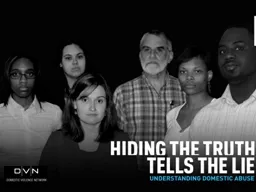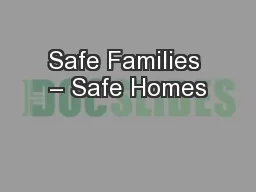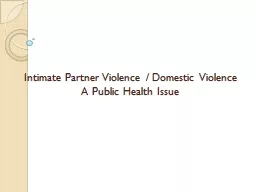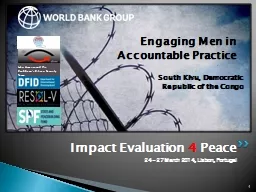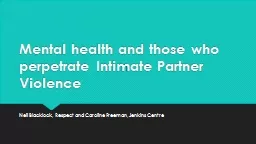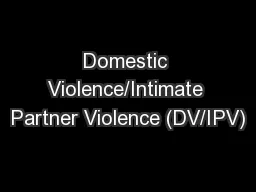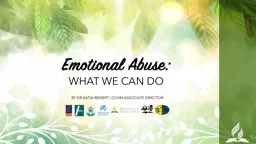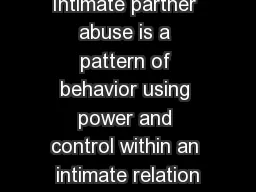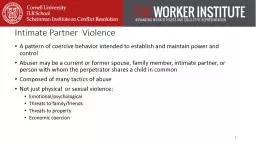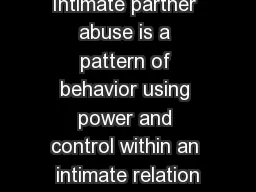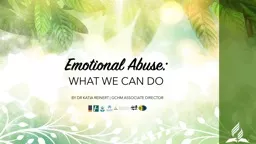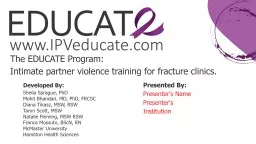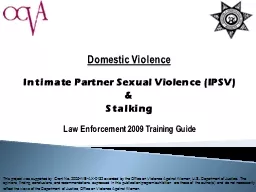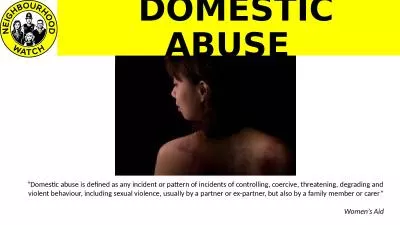PPT-Intimate partner abuse is a pattern of behavior using power and control within an intimate
Author : faustina-dinatale | Published Date : 2018-09-23
Abuse can take many forms such as physical emotional financial sexual or psychological abuse Intimate partner abuse is committed by an intimate partner including
Presentation Embed Code
Download Presentation
Download Presentation The PPT/PDF document "Intimate partner abuse is a pattern of b..." is the property of its rightful owner. Permission is granted to download and print the materials on this website for personal, non-commercial use only, and to display it on your personal computer provided you do not modify the materials and that you retain all copyright notices contained in the materials. By downloading content from our website, you accept the terms of this agreement.
Intimate partner abuse is a pattern of behavior using power and control within an intimate: Transcript
Download Rules Of Document
"Intimate partner abuse is a pattern of behavior using power and control within an intimate"The content belongs to its owner. You may download and print it for personal use, without modification, and keep all copyright notices. By downloading, you agree to these terms.
Related Documents

